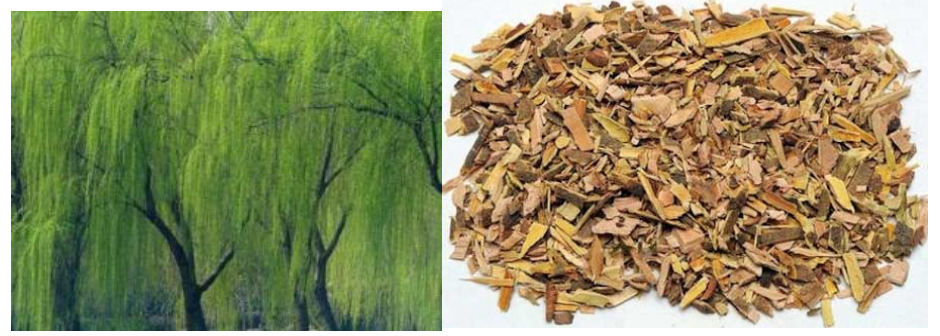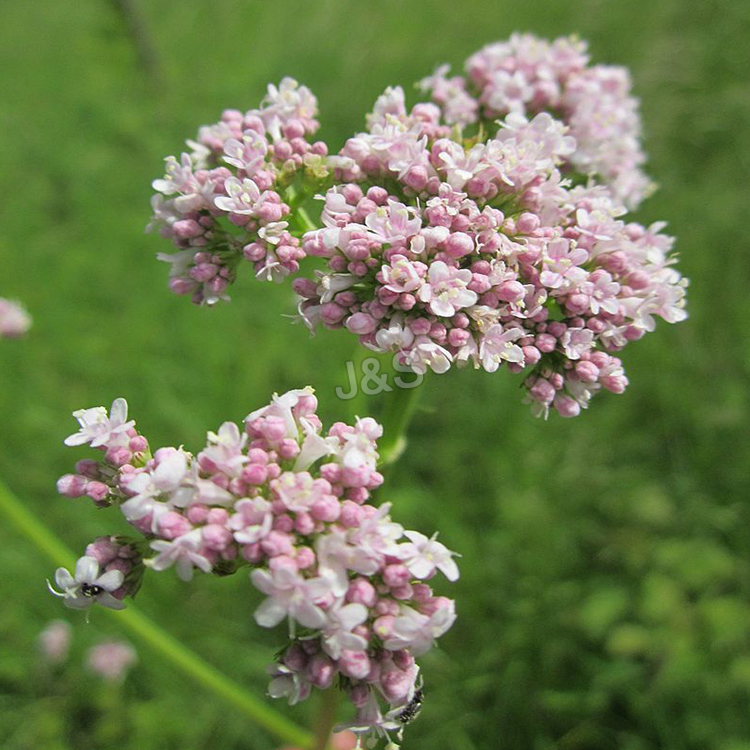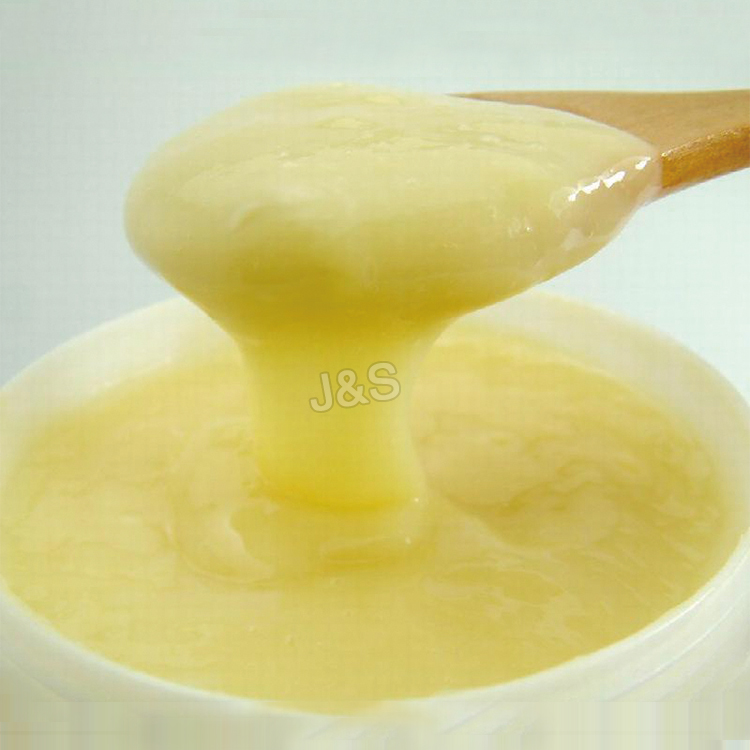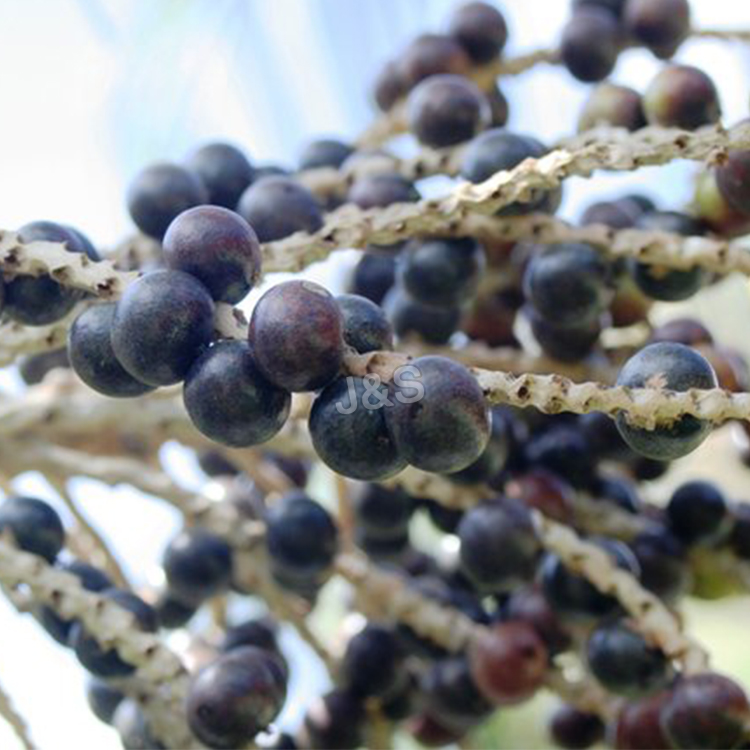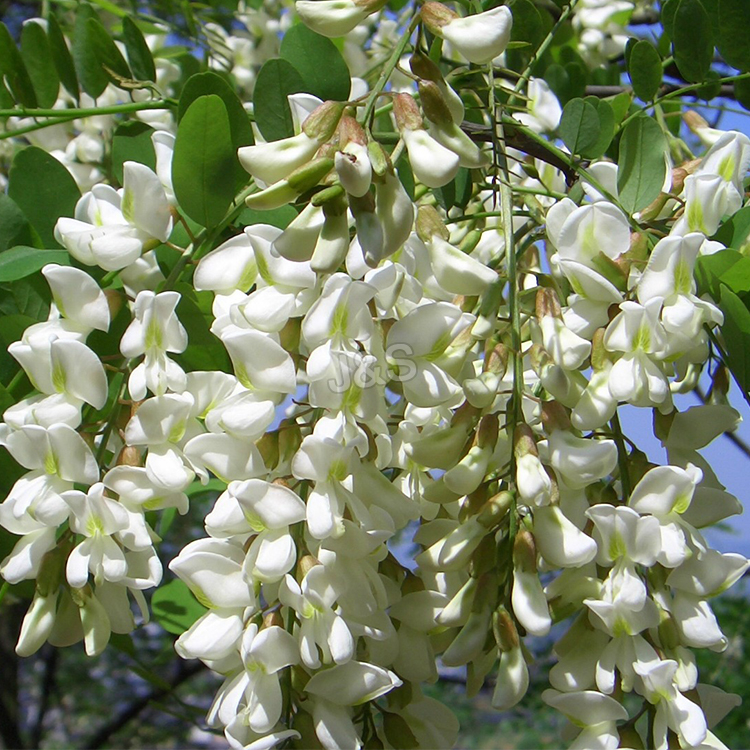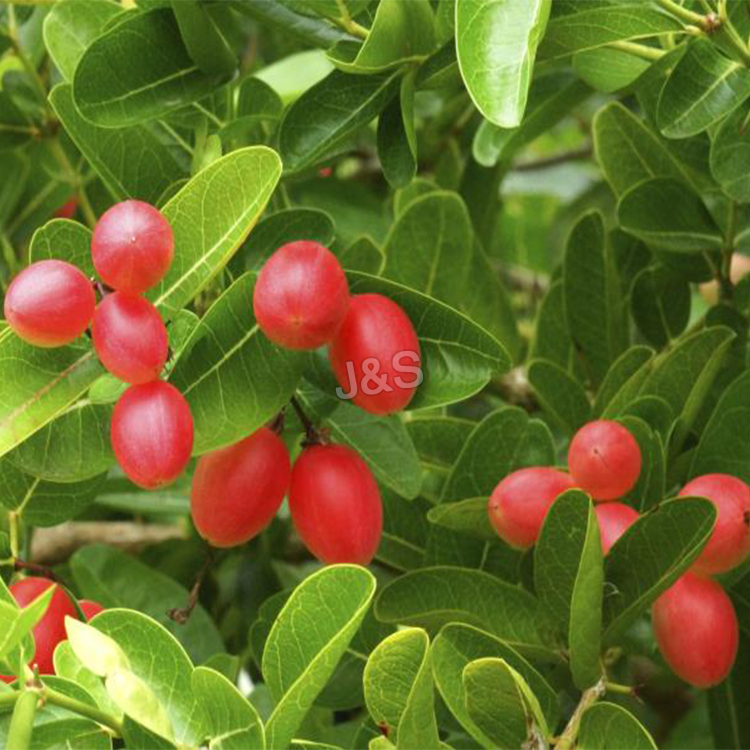Newly Arrival White Willow Bark Extract Factory for Maldives
Newly Arrival White Willow Bark Extract Factory for Maldives Detail:
[Latin Name] Salix alba L.
[Plant Source] from China
[Specifications] Salicin 15-98%
[Appearance] Yellow Brown to White powder
Plant Part Used: Bark
[Particle size] 80 Mesh
[Loss on drying] ≤5.0%
[Heavy Metal] ≤10PPM
[Storage] Store in cool & dry area, keep away from the direct light and heat.
[Shelf life] 24 Months
[Package] Packed in paper-drums and two plastic-bags inside.
[Net weight] 25kgs/drum
Brief Introduction
Salicin is a naturally occurring compound found in the bark of several species of trees, primarily North American in origin, that are from the willow, poplar, and aspen families. White willow, from whose Latin name, Salix alba, the term salicin is derived, is the most well known source of this compound, but it is found in a number of other trees, shrubs, and herbaceous plants as well being synthesized commercially. It is a member of the glucoside family of chemicals and is used as an analgesic and antipyretic. Salicin is used as a precursor for the synthesis of salicylic acid and acetylsalicylic acid, commonly known as aspirin.
A colorless, crystalline solid in its pure form, salicin has the chemical formula C13H18O7. Part of its chemical structure is equivalent to the sugar glucose, meaning it is classified as a glucoside. It is soluble, but not strongly so, in water and alcolhol. Salicin has a bitter taste and is a natural analgesic and antipyretic, or fever reducer. In large quantities, it can be toxic, and overdoses may lead to liver and kidney damage. In its raw form, it may be mildly irritating to skin, respiratory organs, and eyes.
Function
1. Salicin is used to ease pain and reduce inflammation.
2. Relieve acute and chronic pain, including headache, back and neck pain, muscle aches, and menstrual cramps; Control arthritis discomforts.
3. Relieve acute and chronic pain.
4. It has the same effect on the body as aspirin without any of the side effects.
5. It is an anti-inflammatory, a fever reducer, an analgesic, an anti-rheumatic, and an astringent. Specifically, it helps to relieve headaches.
Application
1.Anti-inflammatory, anti-rheumatic,
2.Reduce a fever,
3.Use as an analgesic and astringent,
4.Relieve headache,
5.Ease pain caused by rheumatism, arthritis, and carpal tunnel syndrome.
Product detail pictures:
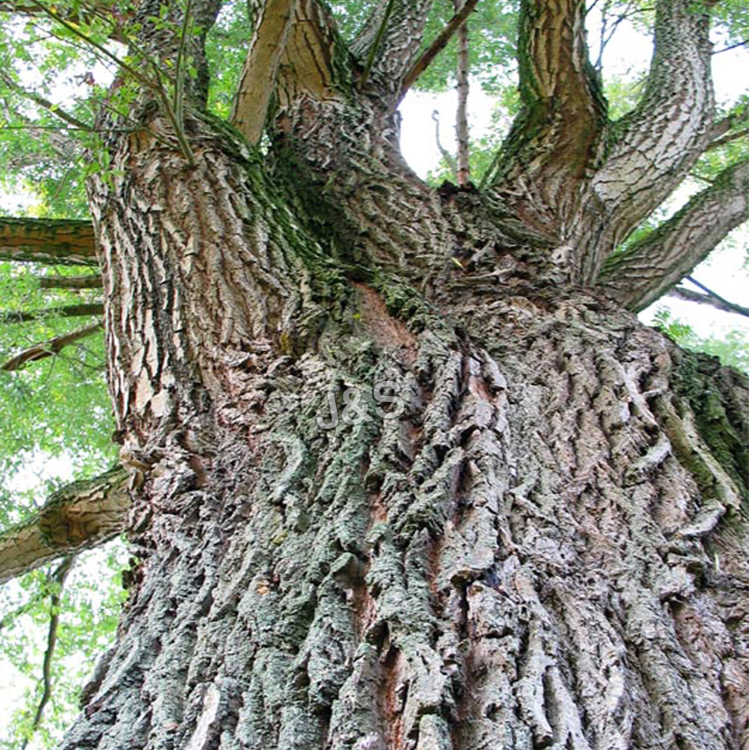
Related Product Guide:
Newly Arrival White Willow Bark Extract Factory for Maldives , The product will supply to all over the world, such as: , , ,
How to Use Herbal Remedies for Rosacea?
Rosacea is a chronic skin condition characterized by facial redness, sensitivity and small pustules due to inflamed blood vessels just beneath the skin. The roles of herbal remedies in the management of rosacea have yet to be firmly established by medical science, but there are many anecdotal reports that some can be helpful. Most herbal remedies are applied directly to the skin via creams or ointments, but it some instances, taking them orally is the preferred method.
Apply a gel containing licorice root extract. Licorice (Glycyrrhiza glabra) reduces inflammation by inhibiting an enzyme called 11-beta-hydroxysteroid dehydrogenase. Licorice has also been shown to significantly reduce redness, swelling and itching in patients with dermatitis.
Rosacea most often affects the cheeks, nose, chin, eyelids, or forehead.
Consider applying a licorice-based gel to affected areas 2x daily.
Apply a skin cream containing feverfew flower extract. Feverfew (Tanacetum parthenium) reduces inflammation by inhibiting the enzymes 5-lipoxygenase and cyclooxygenase and by decreasing platelet aggregation in the blood.
Pregnant or nursing women and young children should not use feverfew products.
Feverfew preparations are more effective when used sparingly.
Apply a skin cream containing extracts of green tea leaves. Green tea (Camellia sinensis) has anti-inflammatory, antioxidant and photoprotective properties, which is especially significant because sun sensitivity is a hallmark of rosacea. Green tea may also reduce the disruption of the skin barrier that can be present in rosacea.
Apply green tea-based creams to affected areas twice daily.
Alternatively, soaking a compress in cold brewed green tea and applying it to your face may also be of benefit.
Rub oatmeal-based soap onto the affected areas of your face. Oatmeal cleanses, moisturizes, soothes irritation and relieves itchiness. It also has anti-inflammatory effects. Oatmeal contains proteins and polysaccharides that bind to skin and provide a protective barrier.
A burning or stinging feeling in the face is common with rosacea, but using oatmeal-based soap can help combat this.
Apply lavender oil to the affected areas of your face. Lavender (Lavandula angustifolia) may also be helpful with painful and inflammatory conditions of the skin. After you clean your face and dry it, soak a cotton ball with lavender oil and gently massage it into problematic areas such as your nose (a red, bulbous nose is common with rosacea sufferers). Repeat on a daily basis.
Start with a very small amount to see if you are allergic, because lavender can irritate the skin of some people.
Rosacea is more common in fair skinned, red-headed women, between the ages of 30 and 50, especially if they tend to blush easily.
Consider using chamomile products on your face. Applying chilled chamomile tea to your face may help with rosacea because it has soothing and mild anti-inflammatory and antibacterial properties. Brew some chamomile tea, let it sit in the fridge for a few hours and then pour some of it onto a facecloth and use it as a cold compress for quick relief. Chamomile can also be found in creams and ointments.
Chamomile is a common ingredient in certain cosmetic products.
In rare cases, chamomile may cause allergic reactions, including skin rashes.
Apply tea tree oil to affected areas. Tea tree oil (Melaleuca alternifolia) is a good antiseptic and anti-inflammatory, making it another good option for treating the symptoms of rosacea. Dip a clean Q-tip into the bottle containing tea tree oil and then gently apply it to the inflamed areas or pustules on your face.
Apply twice daily to start with and gauge your progress.
Use tea tree oil with caution because it may cause side effects such as allergic contact dermatitis.
Music:
1) Tobu – Colors
2) ELPORT – VOID (Original Mix)
Tobu – Colors [NCS Release] https://youtu.be/MEJCwccKWG0
Tobu:
https://www.7obu.com
https://www.facebook.com/tobuofficial
https://www.twitter.com/tobuofficial
https://www.youtube.com/tobuofficial
Your host and Steviva Brands president, Thom King will show you how to make all natural, homemade, Oatmeal Nut Raisin Cookies with stevia as the sweetener. This low sugar version of Oatmeal Nut Raisin Cookies are delicious and safe for diabetics as well as anybody who wants to cut the sugar out. This recipe has about 3 grams of sugar per cookie while the conventional version of Oatmeal Cookies can have as much as 40 grams.
You can find this and other low sugar, low glycemic and diabetic safe recipes at https://recipes.steviva.com
 By from -
By from -
 By from -
By from -

